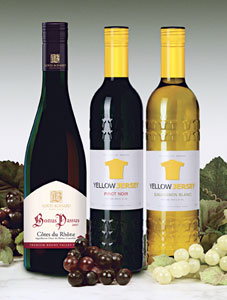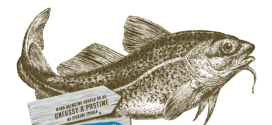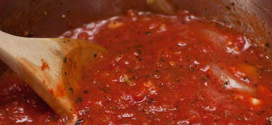… the number of cases of wine you usually get from a ton of grapes.
My Wine Business class has ended, but I will remember 62, as well as numerous other interesting facts related to the business of putting that lovely liquid on the table to be shared with one or many.
So many interesting things are percolating in the business.
Take alternative packaging. Even though we wine drinkers assiduously recycle our empty bottles (unless you live in Florida where recycling still is a nascent concept), it turns out that it is cheaper to just make new bottles than it is to transport the recycled bottles and transform them into new wine bottles. The carbon footprint for making new bottles is enormous.
The contest is on to discover new packaging options that will preserve wine, not allowing the oxygen in, or it will be better served as vinegar in your salad dressing. The industry has been looking for solutions for over a decade, but still nothing is clearly winning the battle.
Box wine is making big moves into the market, with excellent quality wines available in most varietals. No more poo-pooing boxes of wine as “my mother’s wine”! That said, box wine has a limited shelf life. It needs to be served soon, or oxygen does eventually get in and affect the quality.
There are plastic alternatives coming to market that make you feel like you have a bottle, replicating the shape and smooth feel of glass. As companies look to produce a plastic product that will keep oxygen OUT, they must also look at what might be seeping IN to the wine, not necessarily affecting the wine, but possibly affecting our health, a la BPA.
Wine on tap is “alternative packaging” that, through equipment similar to what is used with kegs of beer, protects the wine from oxygenation. It allows restaurants to offer more “by the glass” options, without the worry of spoilage when open bottles are left for a time. This would be a great solution for bulk wine production and distribution, but one of the big obstacles is the question of who pays for the additional equipment needed. Is it the restaurant’s concern, or the distributor’s? In the end, wine on tap will never give us dramatic vintage bottles to be cellared for decades, nor will boxes or plastic.
So we are left with alternative packaging that requires us to drink wine quickly.
I guess I have never really had a problem with that.
Hmmm. I think some additional “research” on wine on tap is in order, too! For those in the Albany area, it seems Tala Bistro (click here) is the only game in town. Anyone want to join my research team?
 Sauced In New York Sometimes the food is in the sauce, sometimes we are
Sauced In New York Sometimes the food is in the sauce, sometimes we are





